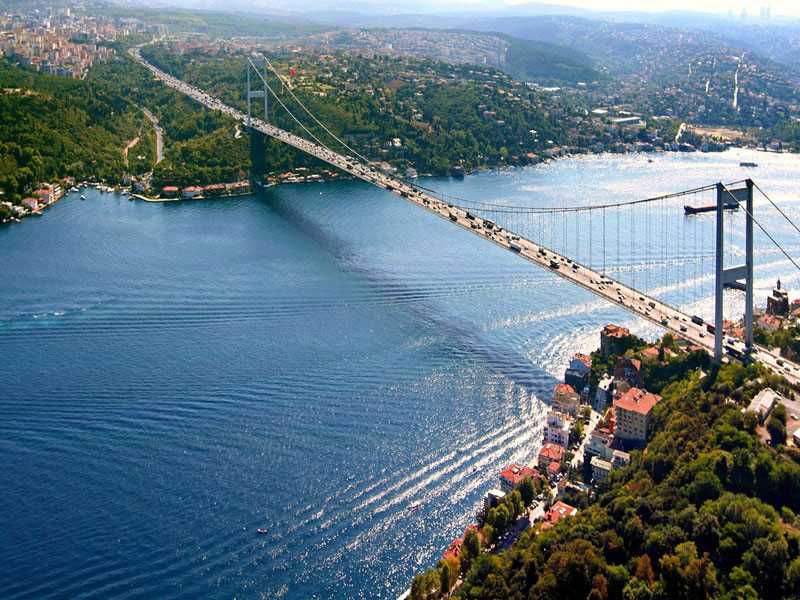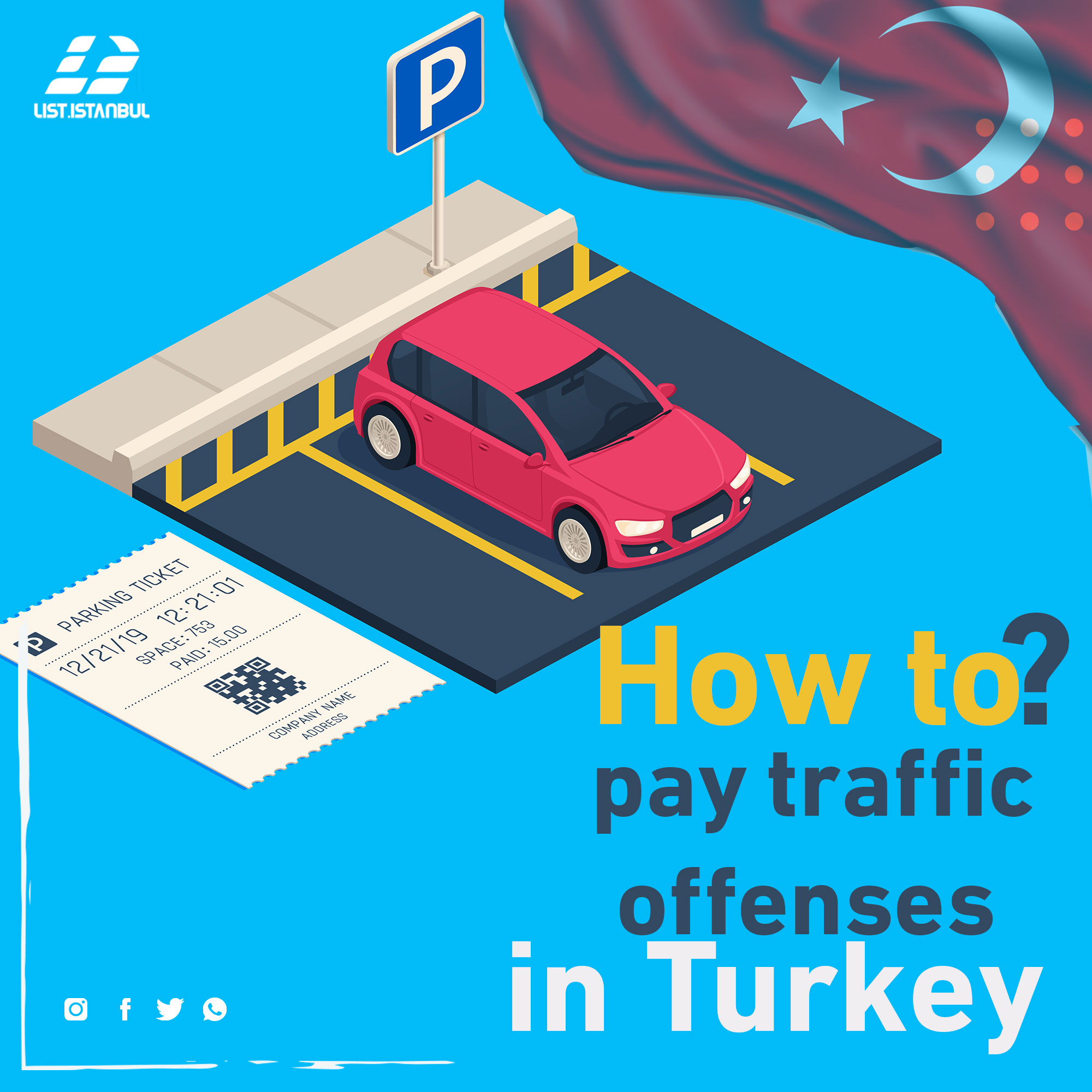One of the international maritime lanes, known as the Istanbul Bugaz and the Black Sea Borgas. The Bosphorus reaches the Marmara Sea and the Black Sea, followed by the Dardanelles Strait and then the Aegean Sea, which is part of the Mediterranean Sea. This strait is located in Turkey between the continents of Asia and Africa.
Its length is about 27 km. Its width on the northern entrance of the Black Sea is about 3.9 km. The narrowest part of the Straits reaches between 640 and 700 meters. The depth of water in the strait varies from 36 to 122 m.
The waters of the Bosphorus Strait are reflected between its surface and its depths. On its surface in the center of the corridor is a rapid water stream running from the Black Sea to the Sea of Marmara. Meanwhile, another current is moving from the Sea of Marmara towards the Black Sea under the surface of the strait. As a result of variation in physical conditions between the waters of the Sea of Marmara and the Black Sea in terms of density, salinity and temperature, in addition to the movement of wind and air currents in the region. These currents, in addition to the wind movement, caused many boats and ships to leave their tracks and bump them on either side of the passageway.
In 1995, there were about 320 accidents involving fishing boats on large ships. These incidents caused a number of large fires to ignite due to the burning of the vessels of oil, gas or a number of other flammable materials.
The importance of the Bosphorus Straits dates back to the time of the Trojan War which took place from 1193 to 1184, and the strait linking the Marmara Sea and the Dardanelles with many events and epic legends. The importance of the strategic and commercial straits increased after the prosperity of Byzantium and then Constantinople followed by the city of Istanbul.
The rulers of Byzantium built strong fortifications on both sides of the strait, in order to protect the city. The sultans of the Ottoman Empire reinforced these fortifications as the walls of the Anadulu siege in the Asian section. The Romani wall was a siege in the European section of the strait. The passage of boats and ships was prohibited without the permission of the authorities. Until the Ottomans agreed to the passage of vessels and vessels during the Treaty of Kutuk Kinarja in 1774, and the passage of ships after the Crimean War was established in a treaty signed in Paris in 1856, but the embargo remained in effect on vessels and war materiel. In 1936, the Montreux Treaty regulated the passage of warships to and from the Black Sea and granted Turkey the right to protect the corridors and the straits by imposing restrictions determined by the State on the quality, number and load of ships, in addition to transit times and others, specifically all vessels flying the Russian flag . When Turkey entered the North Atlantic Treaty Organization (NATO) to confront the former communist bloc and the Soviet Union, the state reserved the right to prevent the passage of some warships if it saw a threat to national security.
At the moment, the importance of the strait is concentrated in its function as a waterway and a commercial maritime route connecting the countries surrounding the Black Sea and its fleets to the Mediterranean Sea and from all over the world, especially Russia, which lacks warm water throughout the year except through the Black Sea. In the Bosphorus.








